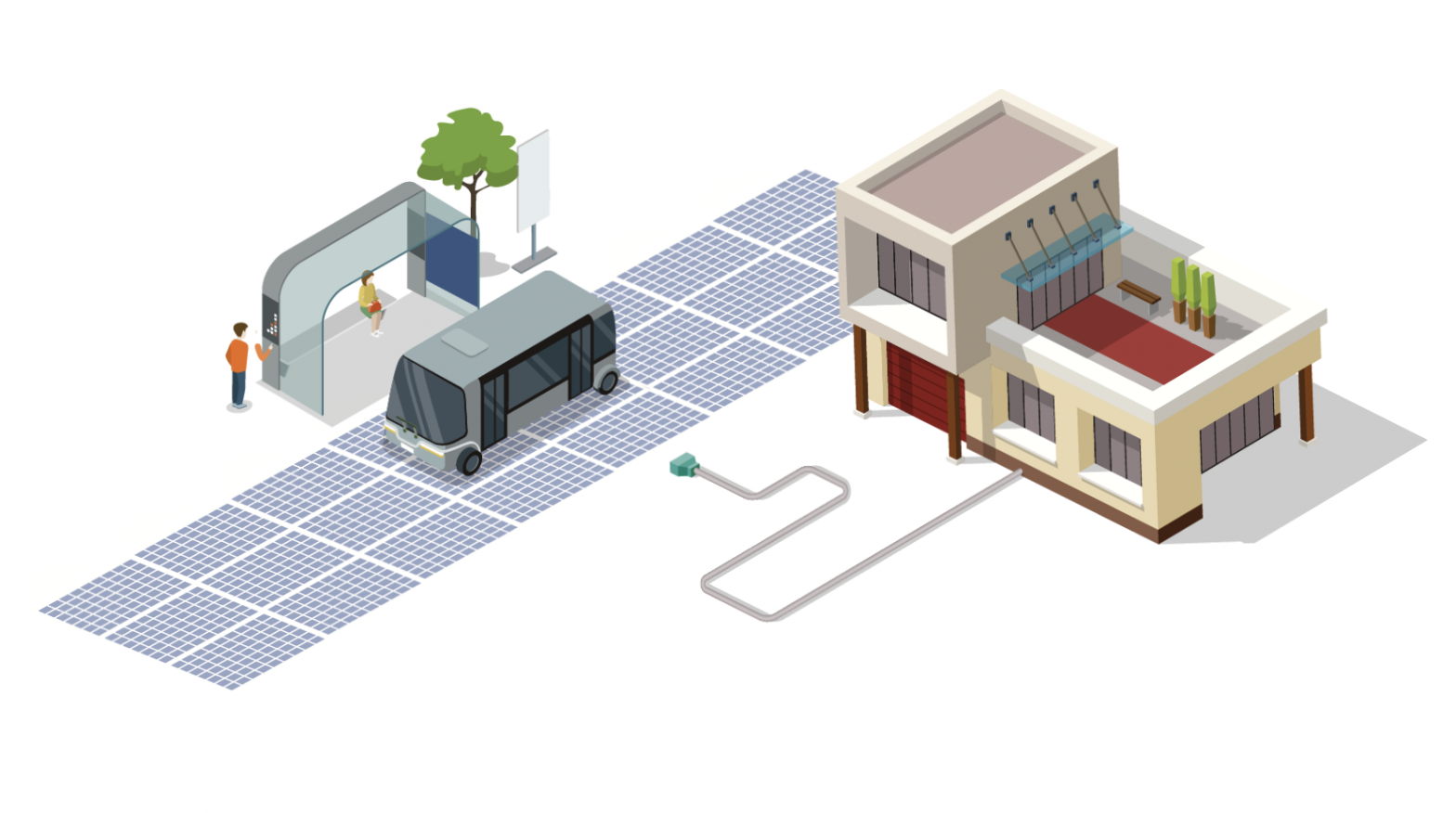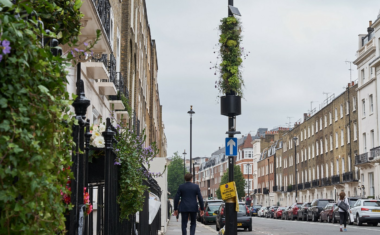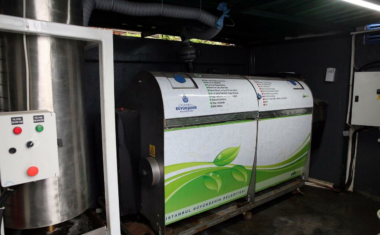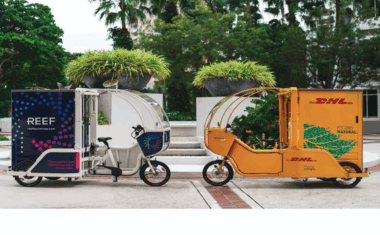World’s First Solar Cycle Path
- 4 min to read

About the city. Every day around two thousand cyclists ride the two-way cycling lane that connects Krommenie and Wormerveer, two suburbs of Amsterdam, the capital of the Netherlands. For commuters and students bicycles are the fastest means of transport to get around in this city.
Goal
The project seems to be the solution for the environment not only because cycling lanes are good for sustainable mobility and have a low environmental impact, but also because they can generate green electricity.
Implementation period. The first Solaroad opened in 2014.
Fact
According to TNO, the total electricity consumption in the Netherlands is around 110,000 GWh and increases annually by about three per cent. But all suitable roofs in the Netherlands — if equipped with solar panels — could only supply approximately 25 per cent of the Dutch electricity demand. However, the approximately 140,000 km of roads in the Netherlands cover a total area of about 400-500 km2, which is significantly larger than the total suitable roof surface area. With the integration of solar cells in road infrastructure, there is a greater potential for creating a complementary market for solar panels. The Netherlands is a bike-friendly country, home to around 18 million bicycles and 21,748 miles of bike lanes.
Solutions
This first experimental stretch in Amsterdam cost local authorities around three million euros. Photovoltaic panels are made of crystalline silicon solar cells and covered with a translucent layer of tempered glass. The 70-metre long solar road should be able to meet the electricity demand of three families. Not so much, because panels cannot be adjusted to a position that guarantees the maximum exposure to sunlight and, as a result, high performances, but the project’s purpose is to try to take advantage of an area that otherwise would be merely covered with asphalt.
Challenges
On 26 December 2014, a 1-square-metre section of the top-layer coating detached from the glass layer, and that portion of the bike path had been repaired.
In October 2015 the top-layer coating was in such poor condition that it was replaced.
Team
SolaRoad is the brainchild of Dutch research institute TNO and developed in collaboration with the Province of Noord-Holland, Ooms Civiel and Imtech.
Timeline
In the first month, the path delivered enough energy to sustain one family.
In November 2015 it was announced that the path had produced 9800 kWh of electricity in one year.
If you notice an error or inaccuracy in our editorials, please email [email protected] so we can look into it.






